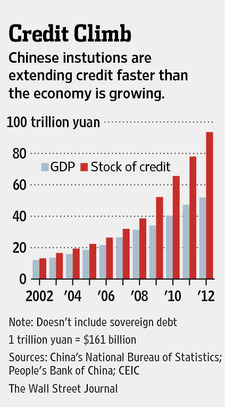Bird Flu Causing Suffocation Shows Severe Spectrum of New Virus; Bird flu turned fatal for a 52- year-old Shanghai woman whose lungs became so damaged that she began to suffocate, causing her vital organs to rapidly shut down; “The big question here is, are these severe cases the tip of a very big iceberg or do most cases get really ill like this?’
April 11, 2013 Leave a comment
Bird Flu Causing Suffocation Shows Severe Spectrum of New Virus
Bird flu turned fatal for a 52- year-old Shanghai woman whose lungs became so damaged that she began to suffocate, causing her vital organs to rapidly shut down, doctors in China said.
The retiree became ill March 27, with a fever that soared as high as 40.6 degrees Celsius (105.1 Fahrenheit), doctors at Huashan Hospital in Shanghai wrote in a report on the case in the journal Emerging Microbes & Infections. Treatment with intravenous antibiotics, steroids, antibody therapy, and mechanical ventilation failed to help, and she died April 3.
Her illness, the first H7N9 avian influenza case to be described in a medical journal, highlights the seriousness of the new strain, which has sickened at least 35 people in eastern China, killing 10, in the past two months. Hospital doctors didn’t know the cause of the woman’s illness when she was admitted. Tests identified the H7N9 virus after she died.
“What they had here was a seriously ill patient and they didn’t know what was going on,” said Dominic Dwyer, director of the Institute of Clinical Pathology and Medical Research at Sydney’s Westmead Hospital, who reviewed the case report. “This person was so ill, they just threw everything” at her. Read more of this post





